Weather researcher says space weather contributed to Titanic disaster
A theory has emerged about the famous liner’s sinking involving a bright light witnessed by survivors on the night of the disaster.
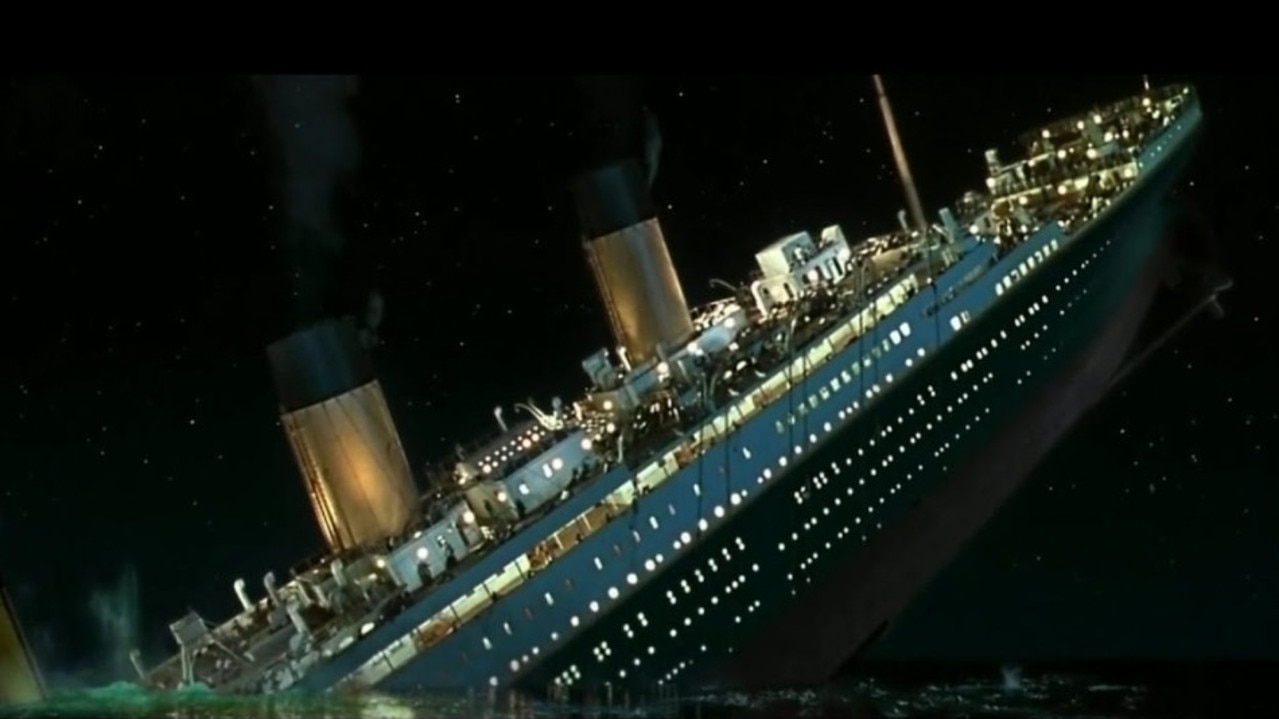
As survivors of the Titanic floated across the freezing waters of the northern Atlantic Ocean, glowing lights spread across the sky. Some called them “greenish beams”. Others called them hallucinations. But no doubt, they were real.
It was a beautiful night. Dark, but full of starlight in the early hours of April 15, 1912. The weather was calm, the sea smooth. The conditions extraordinary: Bitterly cold. Icy. Motionless. By this stage, the deathly screams had faded from the air.
The bright lights, according to some of the 706 survivors left, had appeared earlier in the night, when passengers were being pulled into boats as the Titanic swiftly sank to her watery grave. Some watched from the deck of the ship, others watched from the safety of lifeboats already at sea.
“They seemed so near, and their light so much more intense than ever before, that fancy suggested they saw this beautiful ship in dire distress below and all their energies had awakened to flash messages across the black dome of the sky to each other; telling and warning of the calamity happening in the world beneath,” wrote survivor Lawrence Beesley.
“The stars seemed really to be alive and to talk.”
Little did he know at the time that while the beauty of the light show distracted some from the horrors unfolding before them and which would eventually help rescuers spot them in the water, it could have been a huge part of the problem.
More than 100 years later, new research suggests it was those very lights — the northern lights – that helped bring the Titanic to her untimely demise.
RELATED: Rescue crews reveal the grisly aftermath of Titanic tragedy
RELATED: ‘Death cries’: Survivor’s harrowing tale of sinking
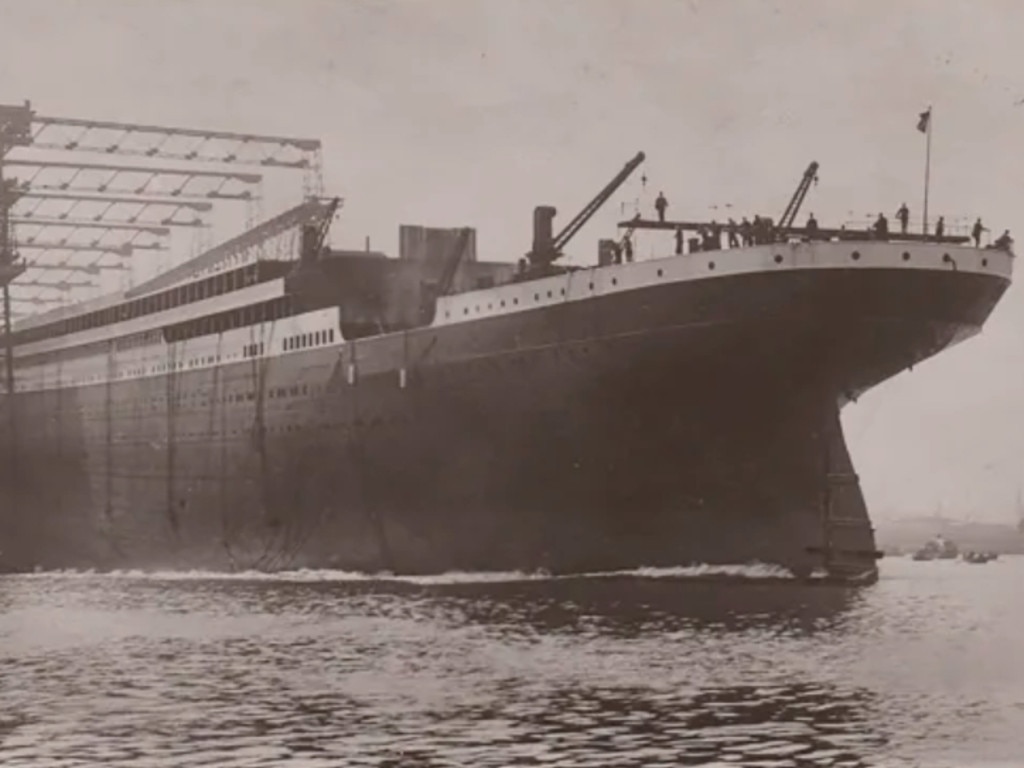
The research, conducted by weather researcher Mila Zinkova, suggests a geomagnetic storm taking place that night would have played havoc with the ship’s navigational system in the run up to the disaster, hindering subsequent rescue efforts and adding more confusion to the scene as it unfolded.
The research was published in the journal, Weather, late last year.
“The significant space weather event was in the form of a moderate to strong geomagnetic storm that observational evidence suggests was in effect in the North Atlantic at the time of the tragedy,” Ms Zinkova says.
She suggests that while the light show was playing in the sky above, it was also changing the Titanic’s compass – a marvel not yet uncovered by science.
The slightest change of even 0.5 degrees would have been cataclysmic for the ship and put it on its fatal collision course.
“This apparently insignificant error could have made the difference between colliding with the iceberg and avoiding it,” she writes
109 years ago 1 of the worlds most famous shipping catastrophes took place as the #Titanic,the largest & most impressive ship ever built at the time, crashed into an iceberg as it travelled from Southampton>New York.
— MarineTraffic (@MarineTraffic) April 14, 2021
The visual shows the route & last known position of the vessel pic.twitter.com/lUtQGkdAH2
SHIP STEERED OFF COURSE
Ms Zinkova suggests the “unsinkable” ship was being steered off course by auroras formed by a solar storm.
According to NASA, the sun ”burps” high-speed streams of electrifying gas to Earth, sometimes so large it causes a “mass ejection”. The huge, electrified gas collides with our atmosphere and interacts with atmospheric gases, resulting in beautiful displays of light in the sky.
But it comes with a catch. Ejections like this can also interrupt electrical and magnetic signals.
“When solar storms occur it could affect compasses and radio communications,” Ms Zinkova told news.com.au.
Ms Zinkova told news.com.au at the time of the sinking, experts did not know about the kinds of communication problems that such an event can produce.
But, she said, “even a very small compass error could have taken her off course.”
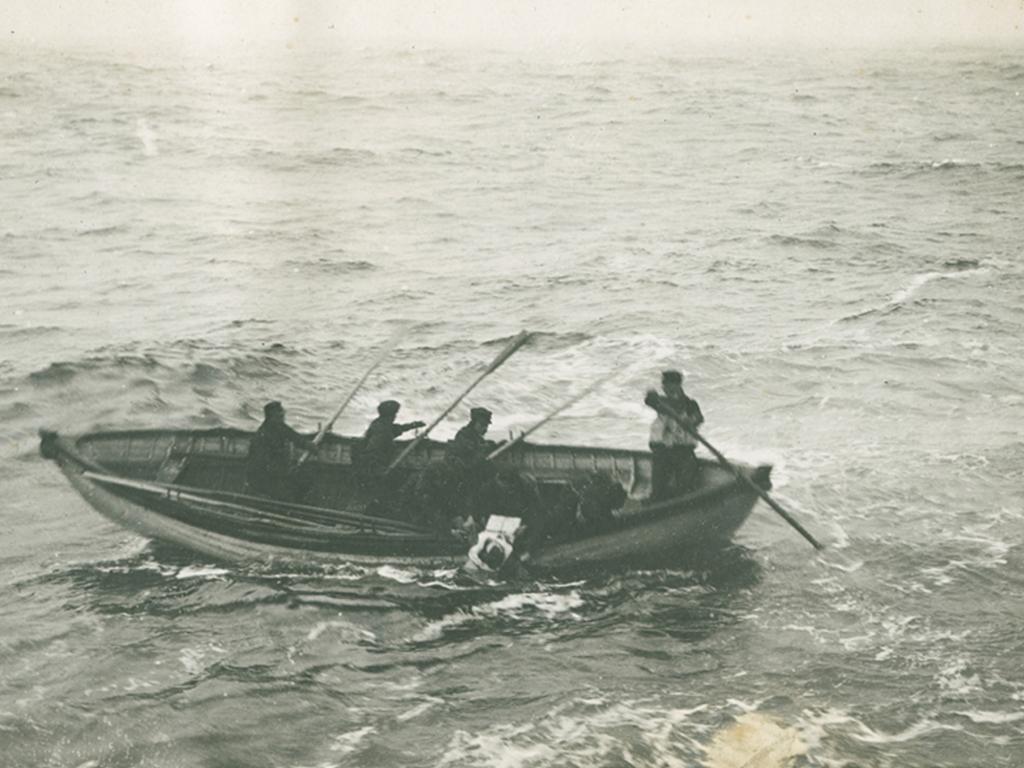
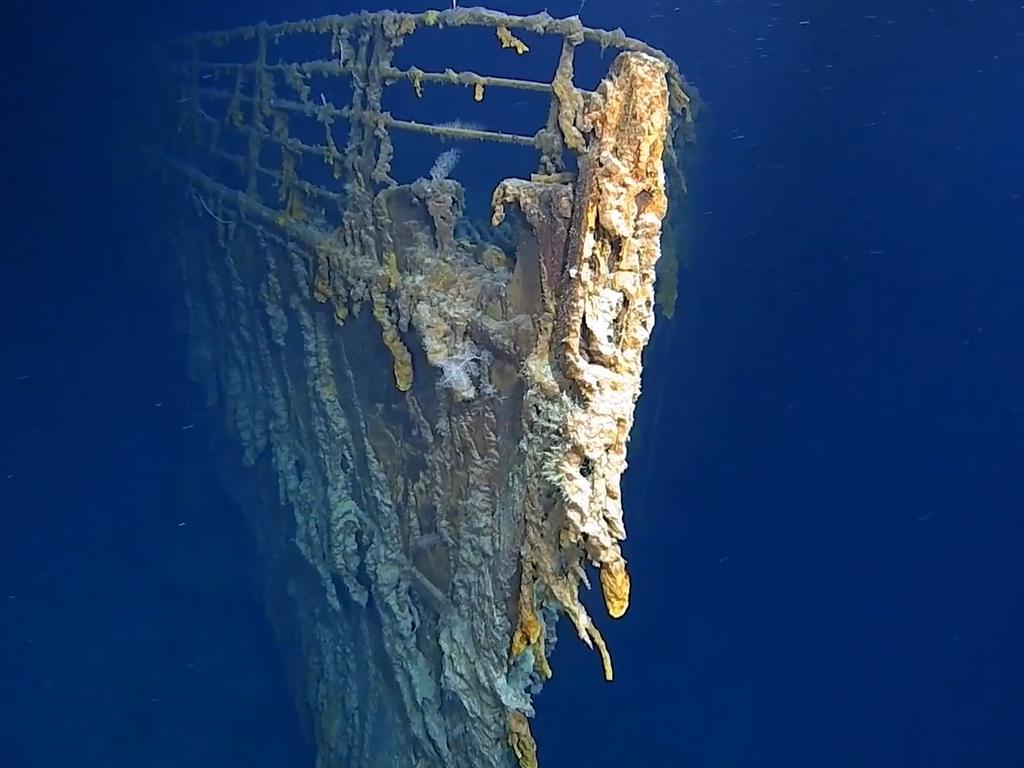
AN UNEXPLAINED PROBLEM
As rescue ship RMS Carpathia steamed towards the Titanic in the early hours, second officer James Bisset, looked toward the sky and noticed there was no moon. They were approximately 100 kilometres away from where history was in the making.
“But the Aurora Borealis glimmered like moonbeams shooting up from the northern horizon,” he wrote in his 1959 memoir, Tramps and Ladies: My Early Years in Steamers.
“The air was intensely cold. Though visibility was good, the peculiar atmospheric conditions … made the sea and sky seem to blend into one another, so that it was difficult to define the horizon.”
He watched his boss, Captain Arthur Rostron, standing silently, gazing ahead, and to the sky, watching the play of light from the Aurora Borealis.
“He raised his cap a few inches from his forehead, and uttered a silent prayer, moving his lips soundlessly,” Mr Bisset said.
The Titanic sunk at approximately 2:20am. Survivors’ accounts vary of the timing of the lights, there are suggestions as early as before midnight to when the passengers were picked up towards dawn the next day by the Carpathia.
“Though the night was cloudless, and stars were shining, the peculiar atmospheric conditions of visibility intensified as we approached the icefield with the greenish beams of the Aurora Borealis shimmering and confusing the horizon ahead of us,” Mr Bisset, on the Carpathia said.
“My face was smarting in the frosty air as I stood on the wing of the bridge, keeping a lookout for icebergs.
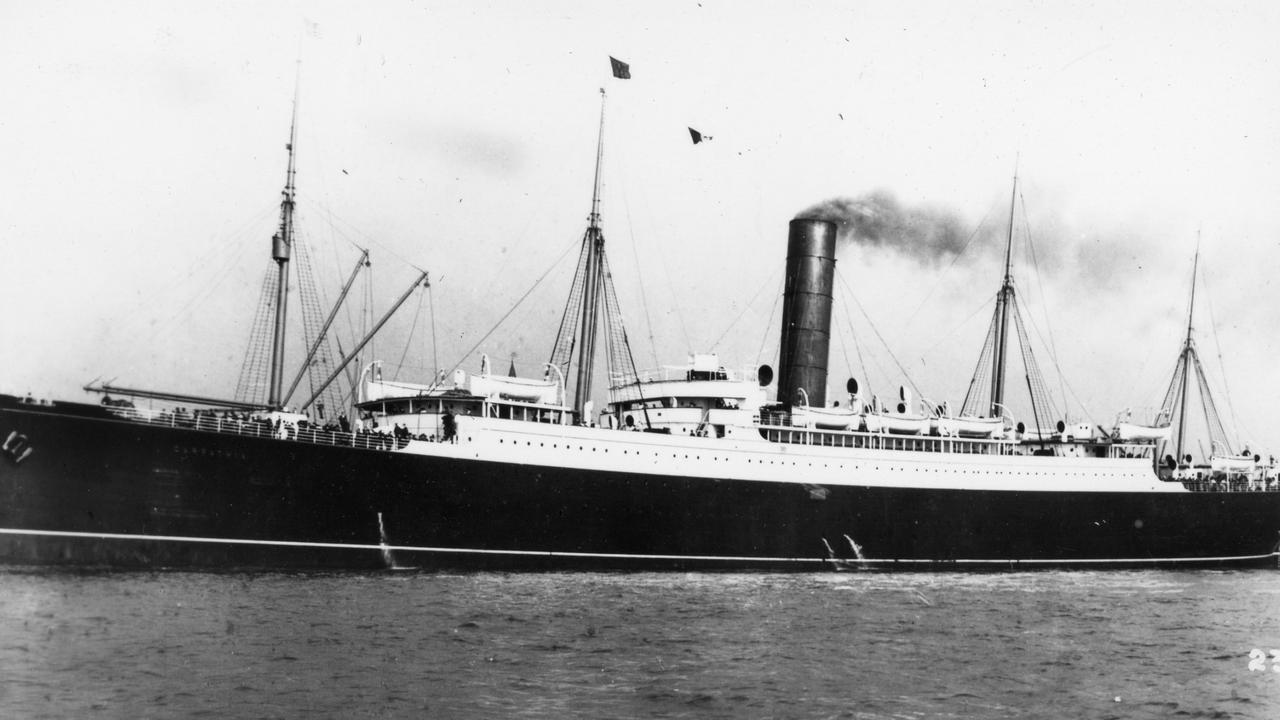
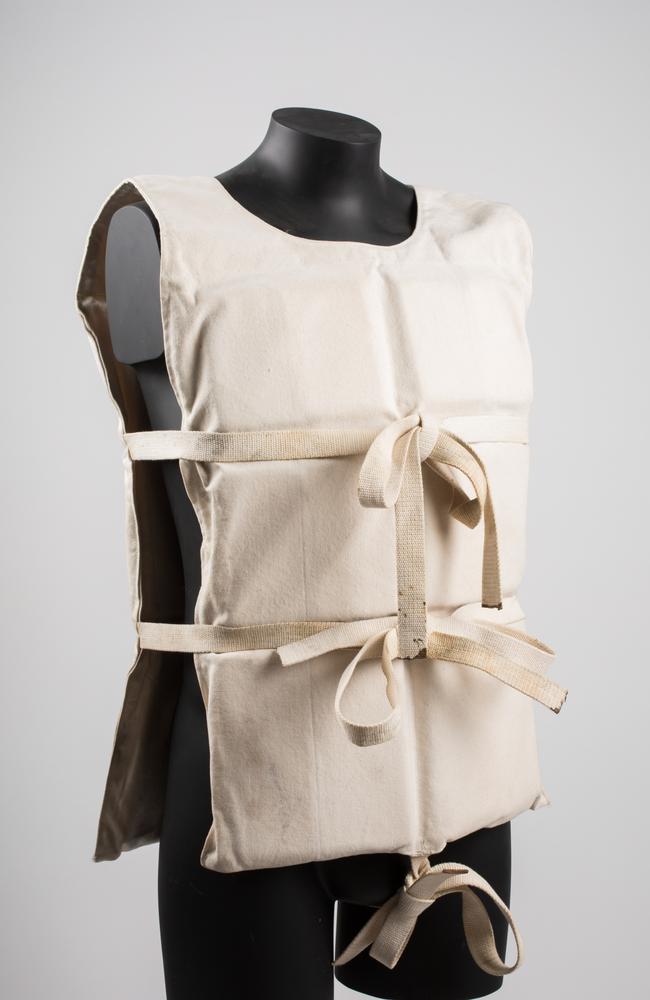
Survivors reportedly spotted the lights again at around 3am. When Bisset and the crew of the Carpathia approached the wreckage site, he noted the “greenish beams” of light surrounding the lifeboats.
Captain Arthur Rostron drove the Carpathia full speed, into the dark icefield in which the Titanic had met with disaster.
Ms Zinkova suggests the weather event could also have had something to do with inadvertently leading the Carpathia to the crash site.
She explained that the Carpathia had been sent the wrong coordinates by the Titanic’s crew at the time – 11 kilometres away.
“Every ship that was involved (in the disaster), including the Titanic, Californian (a ship nearby the Titanic that failed to heed its distress signal), Carpathia … they all had some unexplained problem with their position.
“The Carpathia was given the wrong position but somehow she navigated directly to the Titanic.”
It was 11:40pm on April 14, 1912, when Titanic made contact with an iceberg during her maiden voyage across the Atlantic Ocean, sealing her fate. She sank to her watery grave the following morning, at 2:20am, killing 1,526 passengers. This week marks its 109th anniversary.
Crews described the scene as “cold, wet, miserable and comfortless” — a stark reminder of the fragility of human kind, in an age where the unsinkable Titanic became a ship of legend.
“I know that of course the northern lights could not account for every thing that went wrong but if the Titanic’s compass was affected by the northern lights, maybe Titanic would not have collided with this particular iceberg,” Ms Zinkova said.




